Blog
All the Little Things About Squats: An Introduction to Squatting
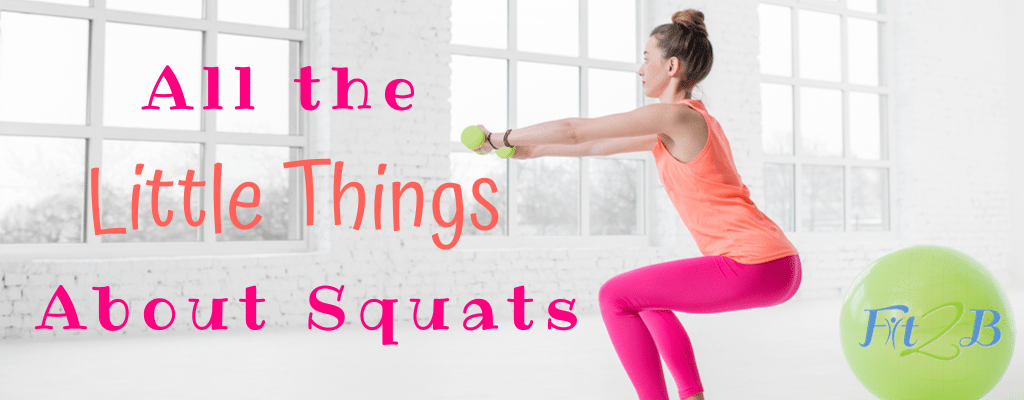 Squatting is thought by some to be one of the simplest way to work your abdominal muscles, lower body, whole core, and legs PLUS your pelvic floor BUTT (mispelling intended since squats work your glutes) many people do them wrong and approach them with poor strategies.
Squatting is thought by some to be one of the simplest way to work your abdominal muscles, lower body, whole core, and legs PLUS your pelvic floor BUTT (mispelling intended since squats work your glutes) many people do them wrong and approach them with poor strategies.
If you squat poorly, you may not get the results you want, like a flatter tummy and perkier tush, so here is a video that’s full of straightforward tips. I filmed it specifically to help you break down the basic squat and work toward better depth.
Fit2B Members: Click HERE to take this video to the next level with our “Squat Challenge” routine!
“Bottom” line:
Squats are functional for daily life. They’re important for building a truly strong belly and body, PLUS they’re a wonderful alternative to crunches {read why I hate those here}. Even if you have sore knees and bad flexibility, you can gradually improve your squat and eliminate the discomfort involved with the video up there.
It’s true, though, not everyone will approach squats the same way. I’ve provided some great approaches in the video, but you may have limitations that you need to work around as discussed in this article by Brett Contreras {The Glute Guy} and in the articles he links. Meanwhile, keep reading for more tips …
TIPS:
Knees over ankles — You should be able to look down and see your toes at the bottom of your squat. Especially if you are dealing with knee pain, ensuring your knees do not hide your toes when you squat should help lessen discomfort. If you hang a plumb line off your kneecap, it should hit the shoelaces of your shoes — not your toes, not the floor. This reduces the pressure on the patellar tendon that houses your kneecap (patella). In a deep squat where the knees go past the toes, the patella is crushed against the cartilage behind it, yet it still has to provide leverage as your quads work to haul you out of the squat and stand up. The greater friction of greater pressure can contribute to greater “wear and tear” on your knee’s structure over time. That said, the ability to allow your knees to pass your toes in deeper squats {without pain} is an important ability to build.
Natural curves — For a long time, we group fitness instructors were told to instruct our classes to have “flat backs” while squatting, no curves. But if you get in front of a mirror and get down into a squat, and your spine arranges itself to have no curves AND YOU TRY TO STAND UP in that “no curve” position AND WALK without curves AND LIVE without curves, how will that bear out over time? I believe we should train the way we want to live. The way you position your body in the mirror while exercising should be the same way we position our bodies while walking, standing, sitting … We need our natural curvature, and if you’ve lost it, we’ll show you how to find it in our workouts!
Wiggle toes — Can you wiggle your toes while squatting? If not, this may indicate tight calves which throw your weight forward.. Your weight needs to be balanced in your arches, and more toward your heels so you can drive with the heels as you come up and recruit the kinetic chain up the back of your legs (i.e. calves, hamstrings, glutes, low back). This doesn’t mean squatting on your toes is wrong, or that standing up from your toes is wrong, but if your heels are always popping up, it’s time to work on that.
Knees in line with middle toe — No matter what type of squat you’re doing (or any sport for that matter) if your knee is going one way and your feet another, there is bound to be a problem. We see this happen in the blink of an eye in football all the time: knee goes one way, foot goes the other, game comes to a halt. If you’re going slow like in a focused squat, that problem might not happen today but rather next year as you break down your supportive fascia by twisting it out of alignment over time. Even if your knees go wide or turn out a bit, just keeping them in track with your toes can help you avoid most problems.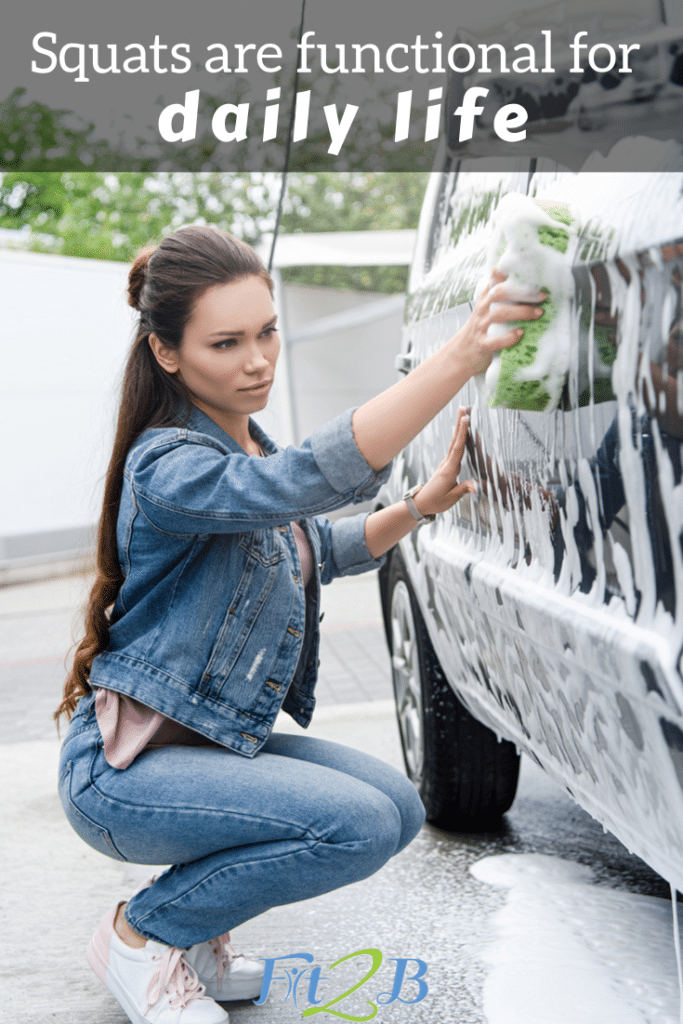
Should you stop if you pop? — If popping in your joints hurts or reduces your range of motion, you should see a doc fairly soon. If one big pop leaves you writhing in pain, go see a doc right away! If the popping is small, doesn’t hurt, and seems to go away once you’re warmed up, then it’s likely a release of tension. It could also be some adhesions in your fascia being scrubbed against by other fascia. Have you ever felt an old knotty scar like a bump under your finger? When a tendinous area hasn’t been exercised in a while (or has an actual scar from an old injury), adhesions build up, and you might feel tiny pops as those get worked out. Check out the c-section scar massage video on this page!
Feel the stretch — At the top of a squat when you’re standing, you should feel your hips pressing open, but don’t go “Elvis-pelvis” on yourself thrusting forward too much. At the bottom of a squat, you should feel a gentle stretch under your booty where your hamstrings connect to your butt. If you don’t feel this gentle lengthening — and I’m not talking a deep yoga stretch — then your might be doing what’s crassly called a “butt wink” and tucking your hips under too much. If your booty is winking under at the base of your squat, spend some time squatting only as deep as you can keep untucked. Visualize a line from your ears, shoulders, mid-ribs, hip bone, and pubic bone AND KEEP THAT LINE with its natural curves through the whole squat.
Assist your calves — As shown in the video above, if you have tight calves that freak out and don’t let you get as deep into your squat as your thighs and hips are willing to go, then they are inhibiting the whole process, and you need to throw them a bone. Make the mad dog happy for a few minutes while you get your business done, and pretty soon that dog (your calves) will stop snapping at you and let you go deep on a regular basis without special assistance.
Squat more — My challenge to you is this: how many times throughout your day can you squat to get things instead of bending over (which is harder on your belly anyway) and how about your work area? Can you switch your seat out for something a little lower, and a little lower, getting your knees a bit higher than your hips? Your body needs more squatting that just 2 supersets at the gym and a few more in your Zumba class. People in third world countries squat a LOT more than we who have chairs, car seats, riding lawn mowers, stoves, toilets. We are made to squat, but we just don’t do it enough. 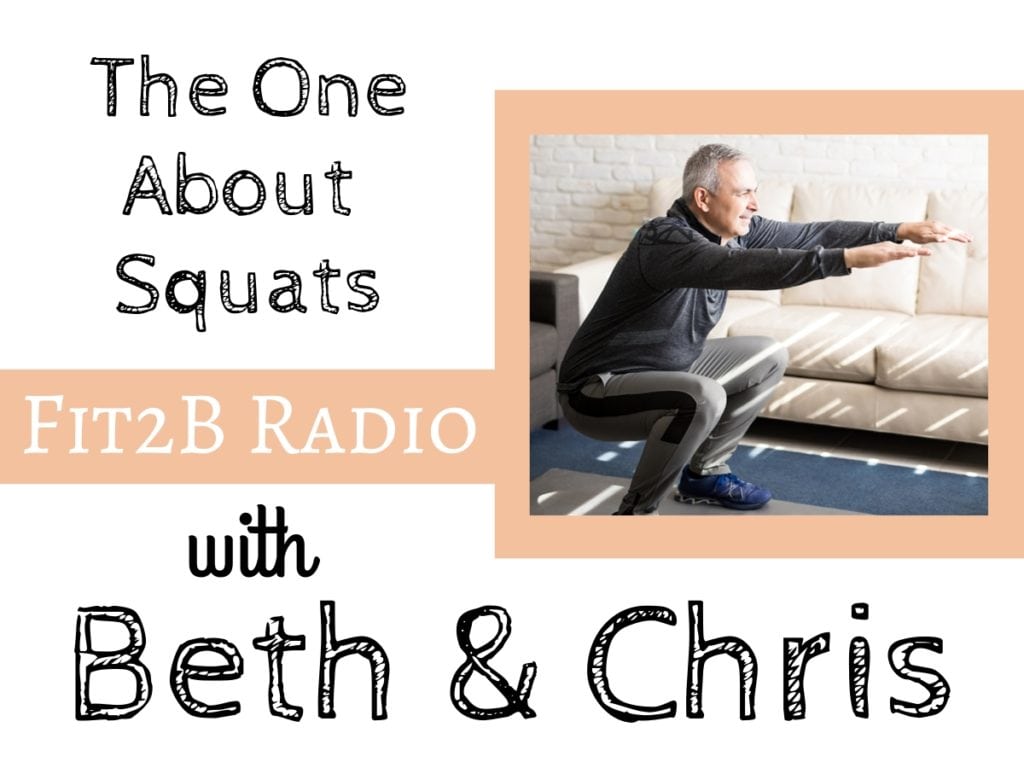
Side Note Rabbit Trail Thought: Normally I’m not a fan of those sweat pants with letters on the booty, because my bum isn’t a part of my body that I really care to have people reading. {One more thing that makes me weird as a fit pro is that I’m not in this business for the superficial sex appeal of body sculpting … If the “look” of fitness is all that motivates you, that isn’t enough motivation to the mom too exhausted to think straight after getting up 5 times every night with her child(ren).} However, I have these britches that say “Athletic Department” across my backside, and I get such a kick out of them because your arse {which is NOT a bad word in the UK but “fanny” is and I had a good laugh with a member from across the drink about her shock over me saying that in my videos because it’s not a bad word here in the States} Anyway, your bum is truly the container of some of your most powerful propulsion muscles, AND your gluteals are very much a part of your core + your glutes share some of the same attachments as your pelvic floor muscles {read: your true bottom} so they are co-activators and like to flex together as buddies.
Unlike the most basic core-focused programs out there, here at Fit2B Studio we get the whole body moving in just about every video, paying careful attention to functional alignment and life integration {i.e. how does this move show up in your everyday waking humdrum?}. It’s true that we start small, but we rapidly progress every member into larger movements as they’re ready. Check out our “Start Here” page {click!} and you can preview all our workout pathways.
Thanks for reading, and remember..
Just because you can’t see it or feel it today, that doesn’t mean change {good or bad} isn’t happening.


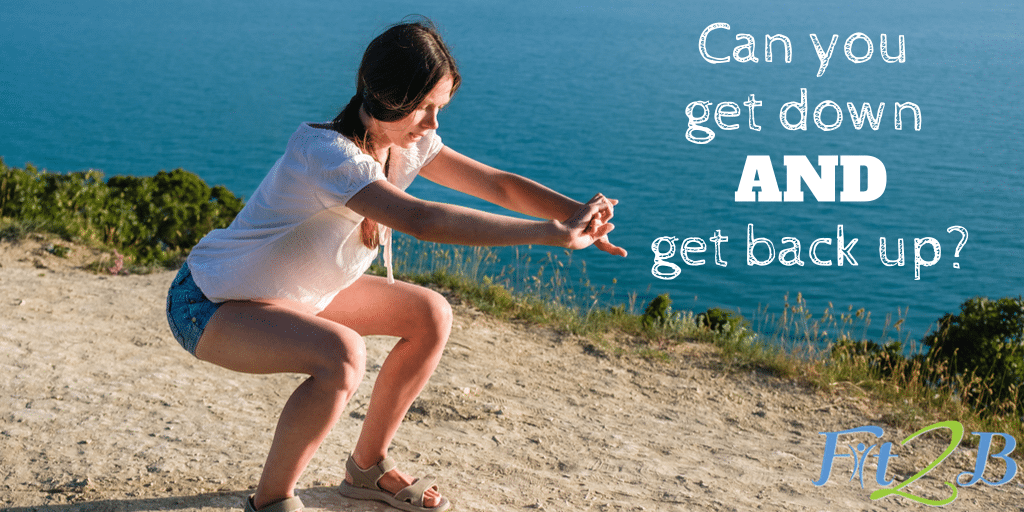
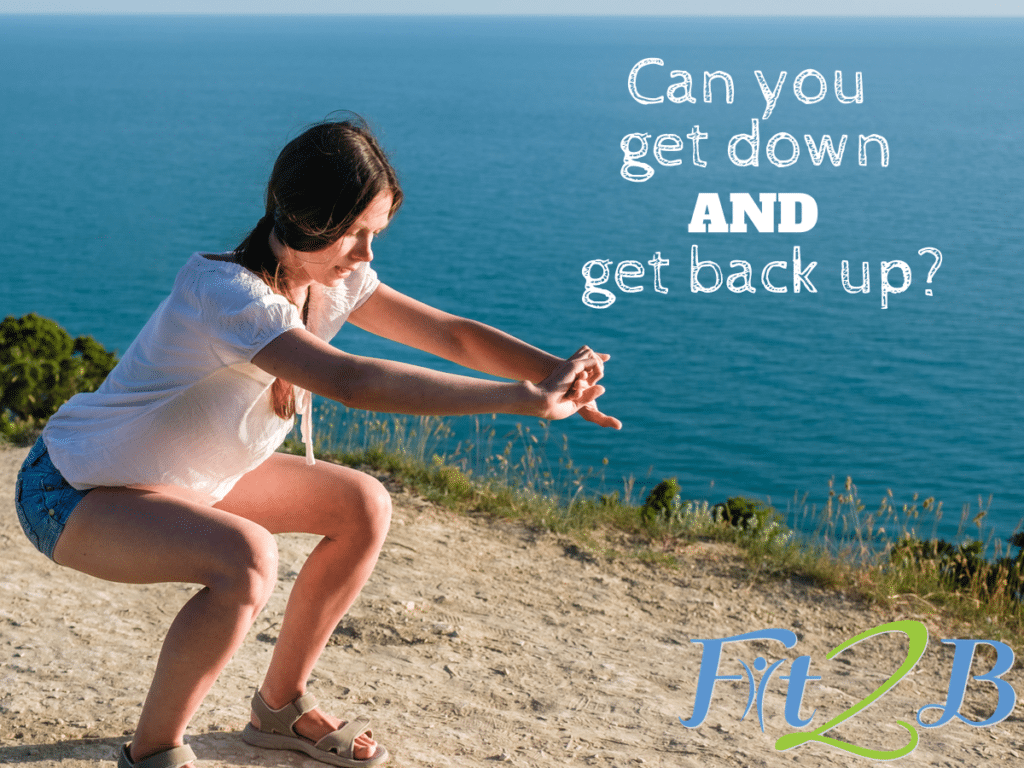
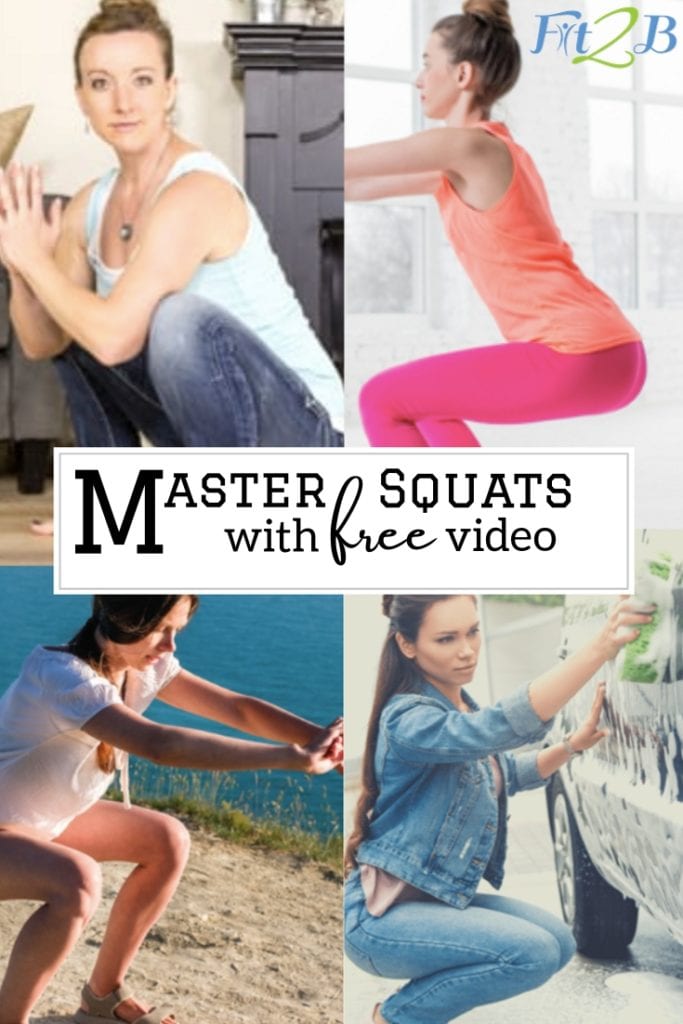
Thank you! That was all very helpful and informative! I am excited to get started on these suggestions. I do have one question. Would you mind sharing some specific shoe information with us? I am in the market for some new shoes and would really to get some minimal shoes. However, there are so many choices. It would be great to have a suggestion from some one I trust who has actually worn the shoes! Thanks!
Jessica, shoes vary by brand throughout the world, but I can share 3 basic tips:
1. Your shoe needs to let your foot do it’s thang. Too much support creates weakness.
2. Your shoe should be more flexible than me 😉
3. Your shoes shouldn’t make you {much} taller than God made you 😀
P.S. No flip-flops (or thongs as they call them, but that gets confused with g-strings :O )
Sandals shouldn’t have you curling your toes to keep them on.
Awww, drat…I love my flip flops and I have such short wide feet I seriously have trouble finding many shoes of any style that fit well (much less look cute). Hmmm…any thoughts about comfy shoes that also look good 🙂 and work for wide feet. After having our daughter my feet never really “went back” to the size they were before. Sigh.
Can I ask what brand you have in the video? I’m having trouble finding shoes that meet the requirements and still look…somewhat normal. I’m trying to reform from my flip-floppin ways. 🙂
I think she has sketchers go walk. They look exactly like a pair I had before.
GREAT POST!!! I cannot squat and have asked trainer after trainer to help me… with no constructive guidance! You Rock! Thanks so much! I will be doing these exercises often!
Hi Bethany!
I have a question about the way that I squat. I’m pretty sure that I’m doing it wrong?
Often when I squat, my legs are separated, like a V, so my knees are farther apart than my hips, not close together in front of me, but rather out to the sides. I’m quite comfortable in this position, and I have my feet flat, and my back is (I think) in good alignment,..but…my knees are separated and out to the sides. (hmmm…I guess I kinda resemble a frog?) Is this wrong? I feel like my tummy needs the room! lol…. but maybe that’s just hiding some weakness and inflexibility.
I should probably clarify, that my feet and knees are in line… so knee over middle toe and all that….it’s just that my legs are froggy, to the sides more, not straight out in front of me.
Oh this such a great question, Debbie! You’re not doing it “wrong” at all if you alignment is “right.” Froggy legs are so comfy, and provided your knees are in line with your toes, you’re good to go. Ultimate hamstring and hip and spine flexibility is tested and found and improved in the more narrow stance, but that doesn’t make wider stances wrong. In fact, most women give birth in a wider squat, right? 🙂
Fantastic demo on correct form squats. I will be linking to this in my upcoming 10-day awareness challenge 1-10 July. My Tabata instructor showed me how to do them correctly after years of doing them wrong. Pinned! =)
I hate flip flops! Now I have a legitimate reason to say so! 🙂
Excellent video! I have not been able to do a squat with my feet flat since I was a kid. And I thought it was because in have short legs! 😉
I’m glad to hear my “froggy squats” are okay. I’ve always done it that way. When I lived overseas, many were surprised when I would join them on the floor in the train station. It seemed only natural!
Thank you for this video, Beth. I had a number of aha moments working through it and feel way more confident in my squats. One question I have: I’ve increased my calf flexibility, and can squat (slowly) almost all the way down flat footed (woohoo!), but I’m finding a different tension in my thigh/hip crease. What stretches/exercises would you suggest to increase flexibility there for the purpose of squatting?
Restorative poses has several good hip releases I would recommend, but I noticed the same thing when I first took my squats to that deeper place, and the muscles gradually were able to relax and adapt to that position.
Bethany, Thank you so much for this fabulous video. It was explained so well. I also liked the use of shoes segment. Looking forward to more of your videos.
Thank you so much for this, Beth!
Squats past a 90 degree angle used to hurt my knees (until I started seeing a functional medicine practitioner that suggested I use a good hypothalamus supplement) . I was excited to discover today that I can do a full squat without pain, and go all the way back up!!!
I appreciate the different props you suggest. I think the pillow would have helped with the knee pressure that I was experiencing in the past. <3
Pingback: Three Exercises for a STRONG Birth | Fit2B Studio
Pingback: Unexpected Teaching Moments - Looking for Marbles
Pingback: Top 5 non-crunchy Ab Moves!
Pingback: Researching Diastasis Recti and 3 TummySafe Gym Routines
Pingback: Bed Rest, Solar Jars, Surgeries, and windows | Fit2B Studio
You didn’t mention weighted squats at all? Is a tiny bit of weight too much? And how important is depth? Are deeper squats better. I prefer ass to grass squatting but is that bad for diastasis recti?
Oh, I love me some weighted squats for sure! Doing heavy back squats at the gym is one of my faves, however this post is about introducing people to the basic mechanics of squatting and introducing “little things” they might have missed. In the video, I cover how to get deeper (or “a$$ to grass” as you called it). Squatting can be done in so many ways at so many depths. I think a deeper squat puts less pressure on a Diastasis rectus abdominis IF the person isn’t straining their core to hold it and stay upright.
Thank you for replying!! That is what i was wanting to know. I am on my 4th child & do have a diastasis recti. I did some squatting before this pregnancy, but I knew I had a 3 or 4 finger diastasis recti. I never know if I was harming more than. I was helping or if I shouldn’t be squatting at all. So after I have this baby I am going to take it slow on adding weight. But I do want to continue deep squatting if it is suppose to help. Because I love squats so much. Thanx again ❤️